6. Shakes the Clown (1991)
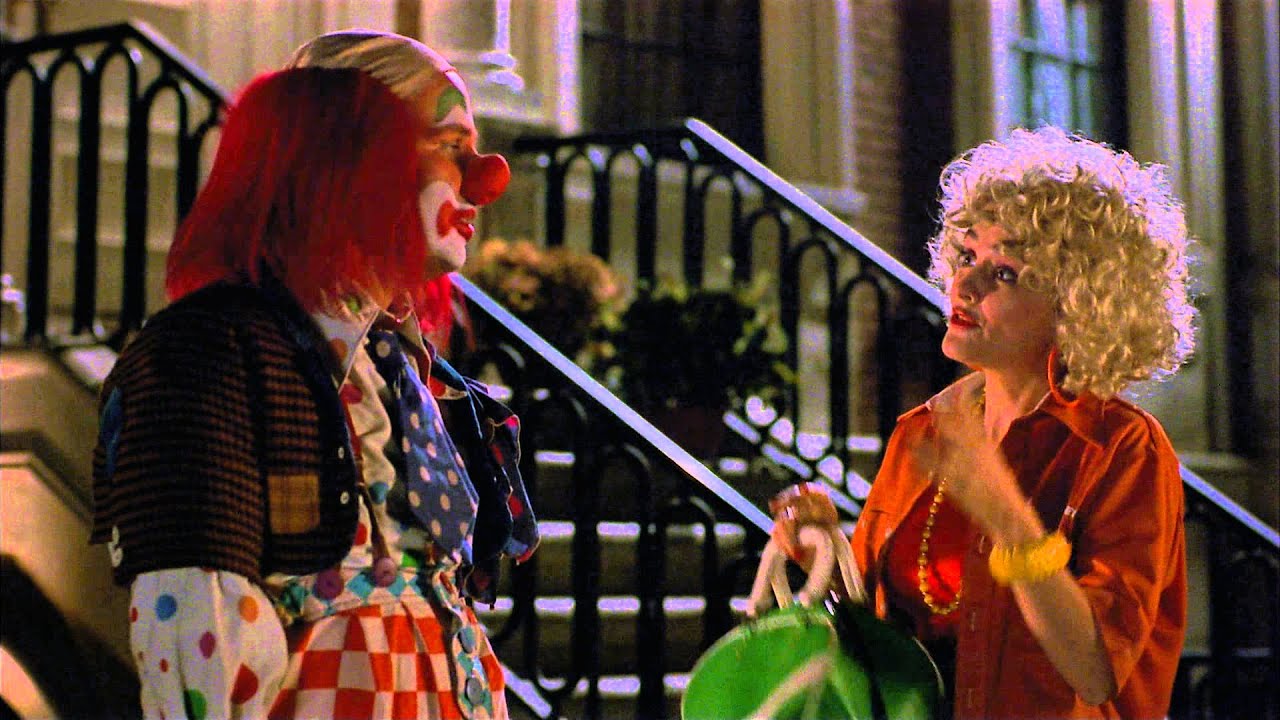
“Shakes the Clown” is a comedy about a party clown who is a serious alcoholic. Written, starring and directed by the comedian Bobcat Goldthwait, the film includes many of his comedian friends in its cast, including Adam Sandler, Paul Dooley, Kathy Griffin and Robin Williams. What makes it a dark comedy is both its vulgar humor and its serious portrayal of advanced-stage alcoholism. When alcohol is introduced as a subject in comedies, there are often a few moments of schadenfreude over drunken mishaps, but “Shakes the Clown” also uses those moments for serious reflection on the severity of the disease. Even from the moment of the opening scene, Shakes is seen vomiting as he struggles to get himself up from a bathroom floor, not a typical portrayal of a party clown, and clearly not the slapstick opener one might expect.
While the idea of a dark or sad clown is a very old archetype, the concept is more prevalent today than it was at the time of “Shakes the Clown,” thanks to films like Stephen King’s “It” or the Joker character in the “Dark Knight” series. But when it comes to clowns, Shakes is arguably more nuanced than most, even donning traditional “auguste clown” makeup and costume, putting him at the bottom of the clown hierarchy where his supposed role is to take ridicule from other clowns (i.e. the pie in the face) as well as the crowd. Thus, while “Shakes” does have its low-brow moments, there is indeed some social commentary involved that may be more complex than it appears on first viewing, as it refers not only to alcoholism but to social hierarchies, the importance of comedy and the value of labor.
It is also important to point out that while “Shakes the Clown” received a lot of negative criticism upon its release, it has since gained a cult following that seems to grow over time. Even Martin Scorsese said in an interview that he likes the film, calling it “the ‘Citizen Kane’ of alcoholic clown movies.”
7. Eating Raoul (1982)
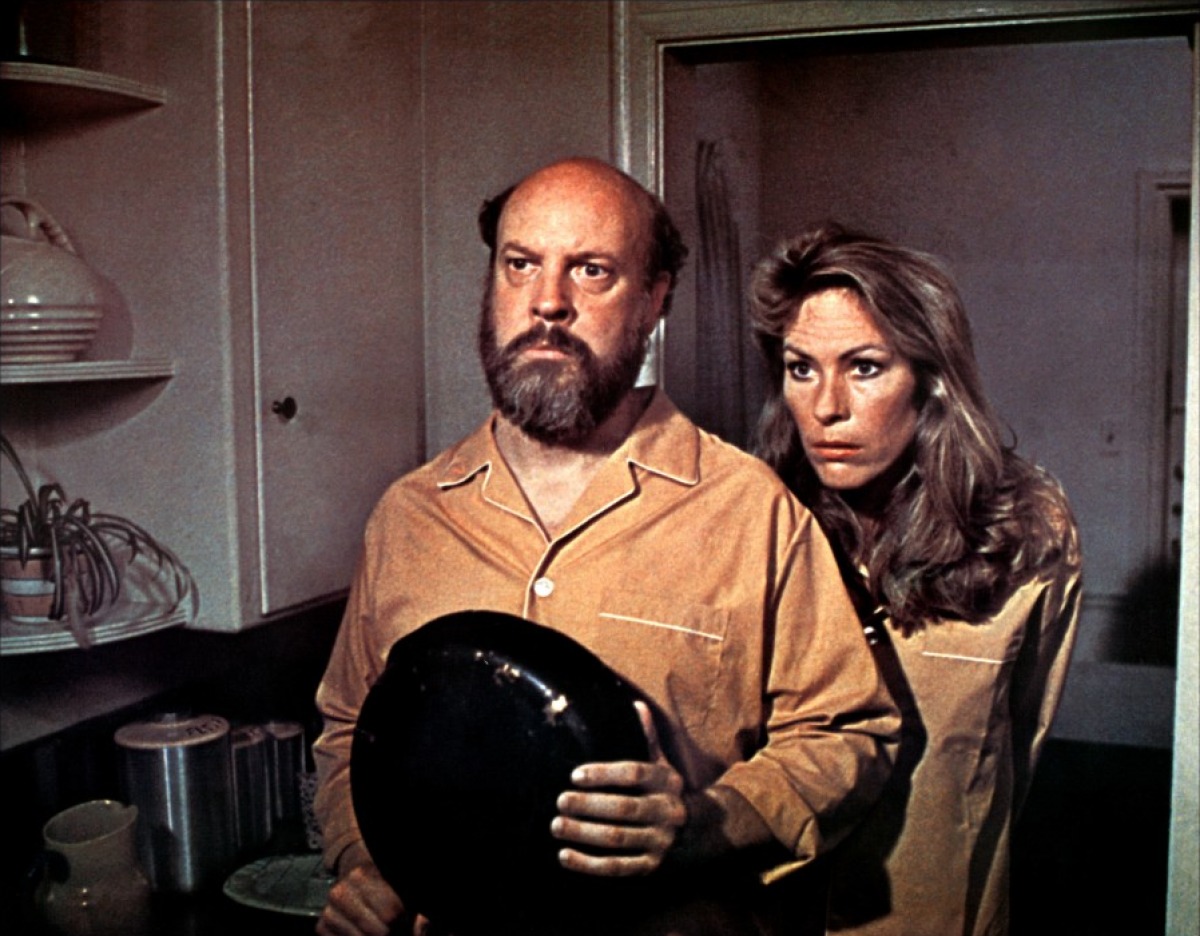
“Eating Raoul” is a low-budget breakout hit by black comedy regular Paul Bartel, who also plays the starring role. Dark from outset, this film begins with accidental murder and ends (definite spoiler here) with intentional canibalism. And like some of the other films on the list, “Eating Raoul ” is known for its deadpan tone alongside some very extreme circumstances and behaviors.
Using the common dark-comedy theme of a search for the American Dream gone horribly bad, the couple at the center of the “Eating Raoul” story, Mary and Paul Bland, often act out of desperation to make ends meet, pitting them against the yuppie culture that surrounds them. Like the tragicomic elements in “American Beauty,” the desperate acts in “Eating Raoul” are motivated in part by discontent (and a bit of resentment). But unlike many of the characters in other dark comedies, the Blands really just want a simple, quiet life for themselves, which is a clear contrast from the rather indulgent swingers they end up killing for money.
“Eating Raoul” is not only unique for its depiction of cannibalism as part of a happy ending, but it also gave audiences in the early ‘80s something fresh and set apart from the Hollywood productions of its time. Small independent films were beginning to receive more recognition from critics in the 1980s, but more importantly, they were getting a lot more viewers with the widespread use of VHS and other video technology. For many, this was a chance to see more unique and artistic perspectives in film, and of course, much darker comedies. “Eating Raoul” is one of the first such comedies to define the genre for the decade, and to this day it holds a strong cult following.
8. The Great Dictator (1940)
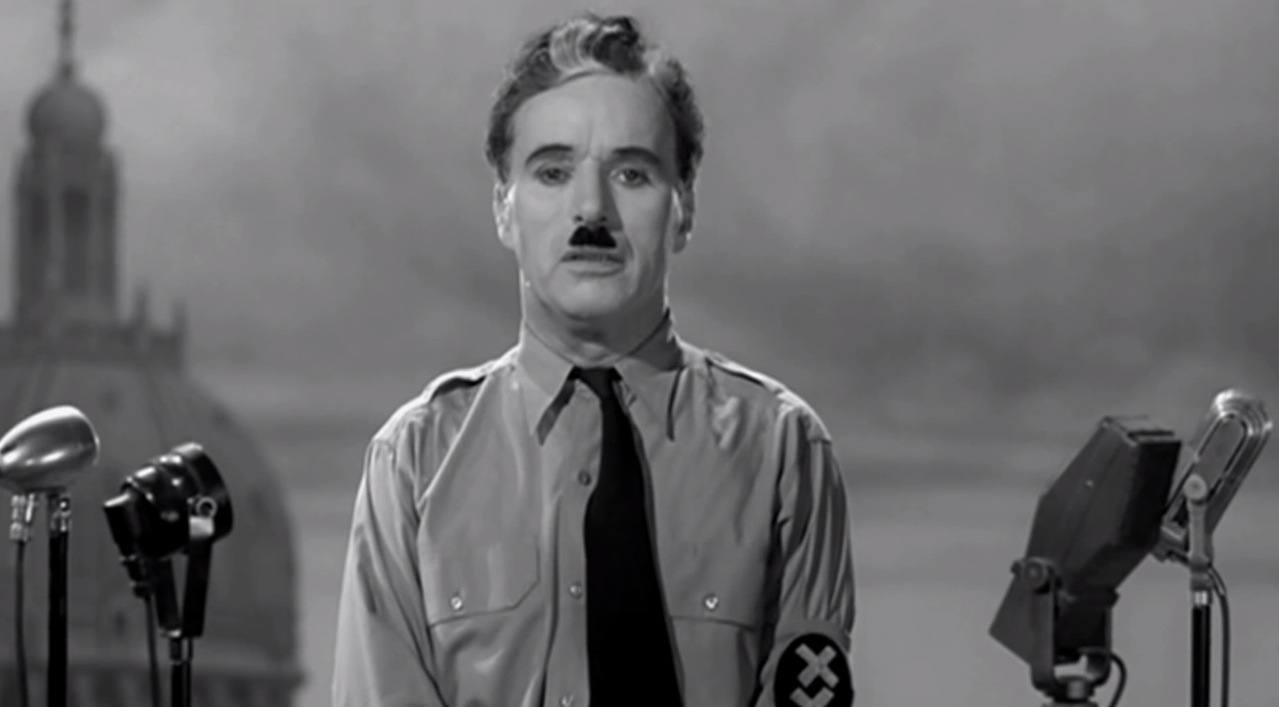
One of many films written, directed and starring Charlie Chaplin, “The Great Dictator” may not be dark by today’s standards, but it certainly was at the time of its release in 1940, and to this day it stands out for its subject matter alone. A film-length parody of the Hitler persona, this film takes one of the darkest characters in world history and reduces him to the level of comedy, a feat for any era, but especially noteworthy for pre-war America.
One of the iconic scenes of “The Great Dictator,” often discussed in film studies, shows Chaplin in his Hitler uniform playfully bouncing a giant globe, a clever use of mise en scène that is simultaneously malevolent, childlike, ambitious and darkly symbolic. While the horrors of the Holocaust were not yet known at the time of the film’s release, the war in Europe had begun, and taking on Hitler, even in a film parody, was considered a valiant move that became a historic final project for the beloved Tramp, winning five Oscar nominations, including best picture and best actor.
Political satire can be difficult, and especially difficult when lampooning an evil dictator. Often, what sets good satire apart from farce or exaggeration is the complexity of the portrayal, and Chaplin accomplishes this with the finesse of a dramatic actor and the distinction of a master auteur. At a time when studio sets were the norm, nearly every scene in this film appears sculpted by light and shadow excesses, sometimes with field depth, other times with a constrained focus on the Tramp and his mannerisms.
The black and white film also helps to accentuate the contrasts within the character’s psychotic state of mind, on one hand dark and murderous, and on the other, foolish and absurd. This constant duality of shades and meanings is what makes “The Great Dictator” both entertaining and portentous. Whereas, a less ambitious filmmaker may have used the subject matter to simply make a fool of dictators like HItler (which the film does accomplish to great effect), Chaplin takes the opportunity to create something as ominous as it is humorous, which makes it important for its social and cultural statements as well as its laughs.
9. The King of Comedy (1982)
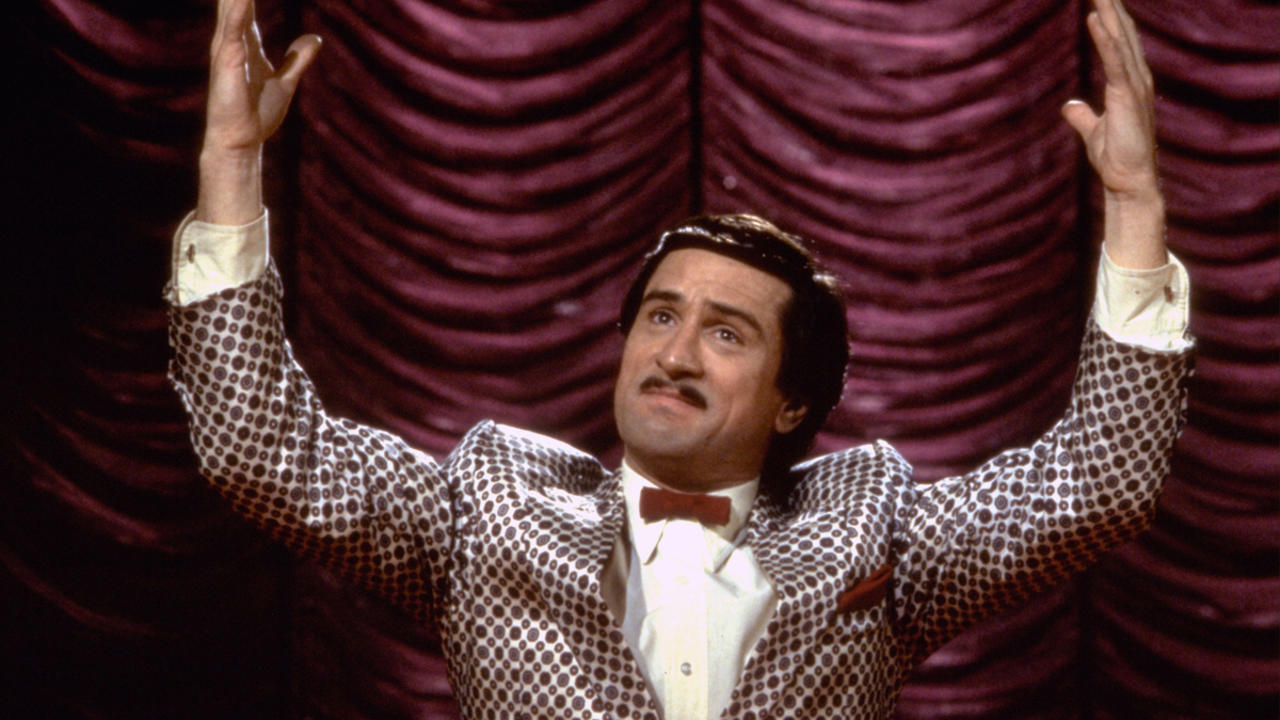
This film, one of Martin Scorsese’s many classics from the period, is on the list mainly for its dark style and very personal depiction of mental illness. There is almost no sex or violence in this film (only implied), but the scenario of a deranged fan kidnapping a celebrity is a darkly realistic subject as well as the inspiration for the main character in the 2019 film “Joker.” Along with Robert De Niro’s uncharacteristic role as aspiring comedian Rupert Pupkin, Jerry Lewis plays his idol and host of the popular “Langford’s Show” of nightly comedy acts. Unlike Marty Malt of “‘The Dark Backward,” Pupkin has all the confidence he could ever need as a fledgling comedian, but like Marty Malt, he just needs a break, a big break, to realize his dreams. And Rupert is willing to take extreme measures to make that happen.
“The King of Comedy” centers on a subculture of fandom but also on the seemingly lustful desire for fame that consumes many aspiring stars whose dreams, unfortunately, may exceed their talents. What makes Rupert’s story so compelling, aside from its dark premise and razor-sharp direction, is De Niro’s haunting performance. Rupert is charming, likeable and oddly familiar, but also clearly mad. In one example of the stylistic precision of the Scorsese-De Niro team, a scene in which Rupert practices his act in front of a wall covered with a mural of an applauding audience ends with the camera panning back as a laugh track is played with increasing volume.
Such a scene can strike audiences as humorous or eerie, or both, but in any case it is unmistakably memorable. Rupert is the embodiment of dark humor, and “The King of Comedy” tells his tragic story in a style reminiscent of a classic thriller, full of suspense and dramatic irony.
10. Life is Beautiful (1997)
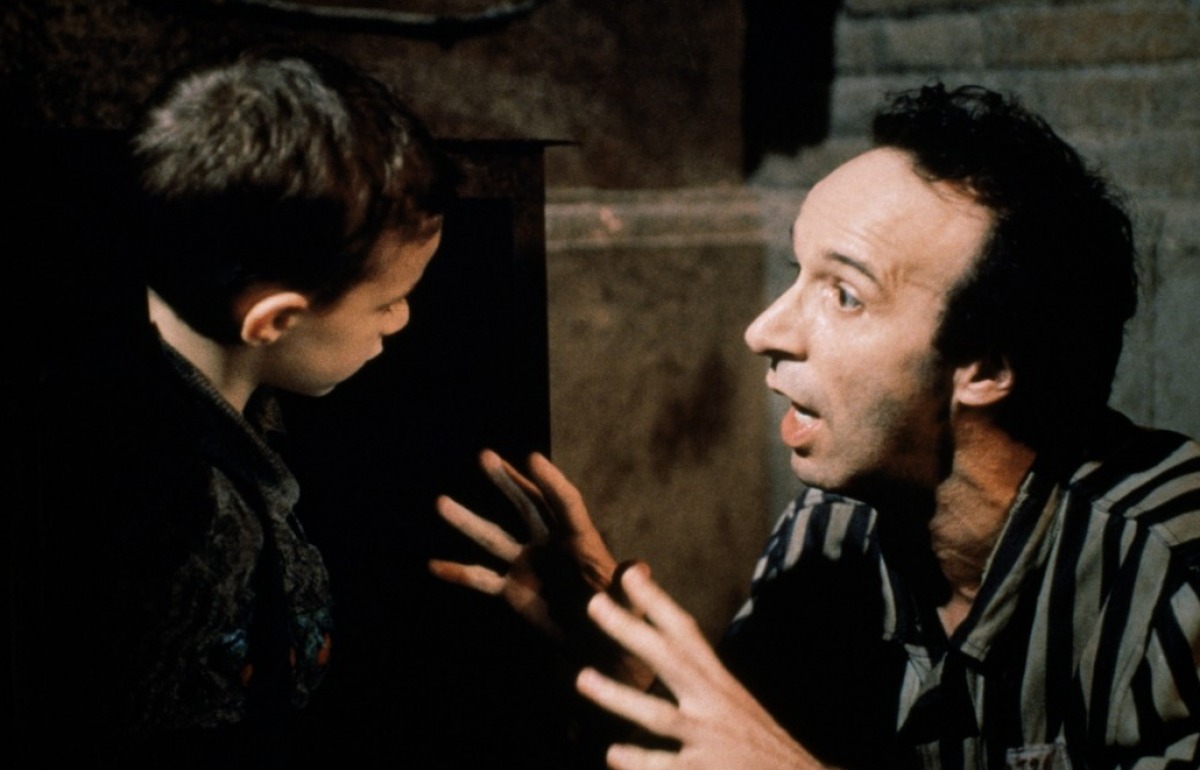
I am surprised this film doesn’t make many dark comedy lists. One of the only comedy films every produced about the Holocaust (specifcally about the concentration camps), this Academy Award-winning masterpiece has just about everything: drama, romance, comedy, action and war. “Life is Beautiful” is not only a great film, but also an extremely difficult film to pull off with such a high level of critical support. It takes a particularly innovative director to create a comedy (a great comedy) about the Holocaust, and Roberto Begnini, like Charlie Chaplin before him, not only provides laughs in spite of a dark setting, but underscores the necessity of that laughter in the face of such unrelenting evil.
“Life is Beautiful” is also an important title for a comedy about the horrors of war, functioning in part as a reminder for the audience through the darker moments of the narrative. Because the film begins like any other comedy with a romantic subplot (i.e. without direct reference to the political circumstances of the setting), the humor struggles at times to make it through the shocking realities that ensue, only to triumph in the end as the bittersweet finale provokes an impressive mix of emotions.
“Life is Beautiful” is probably the most important film on this list, given its accolades and historical significance, but it’s important to remember that it is, essentially, a comedy. In the world of film criticism, comedies rarely receive the level of respect given routinely to more dramatic features, and it sometimes takes a film like “Life is Beautiful” to remind us that in the darkest of moments, a sense of humor may be our only salvation.